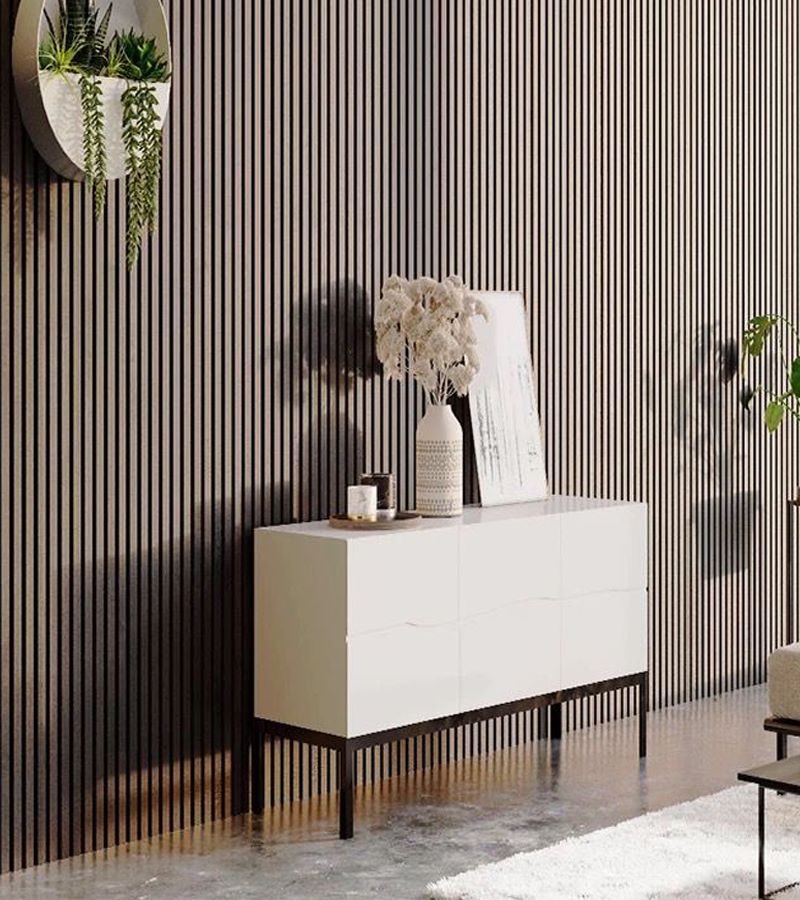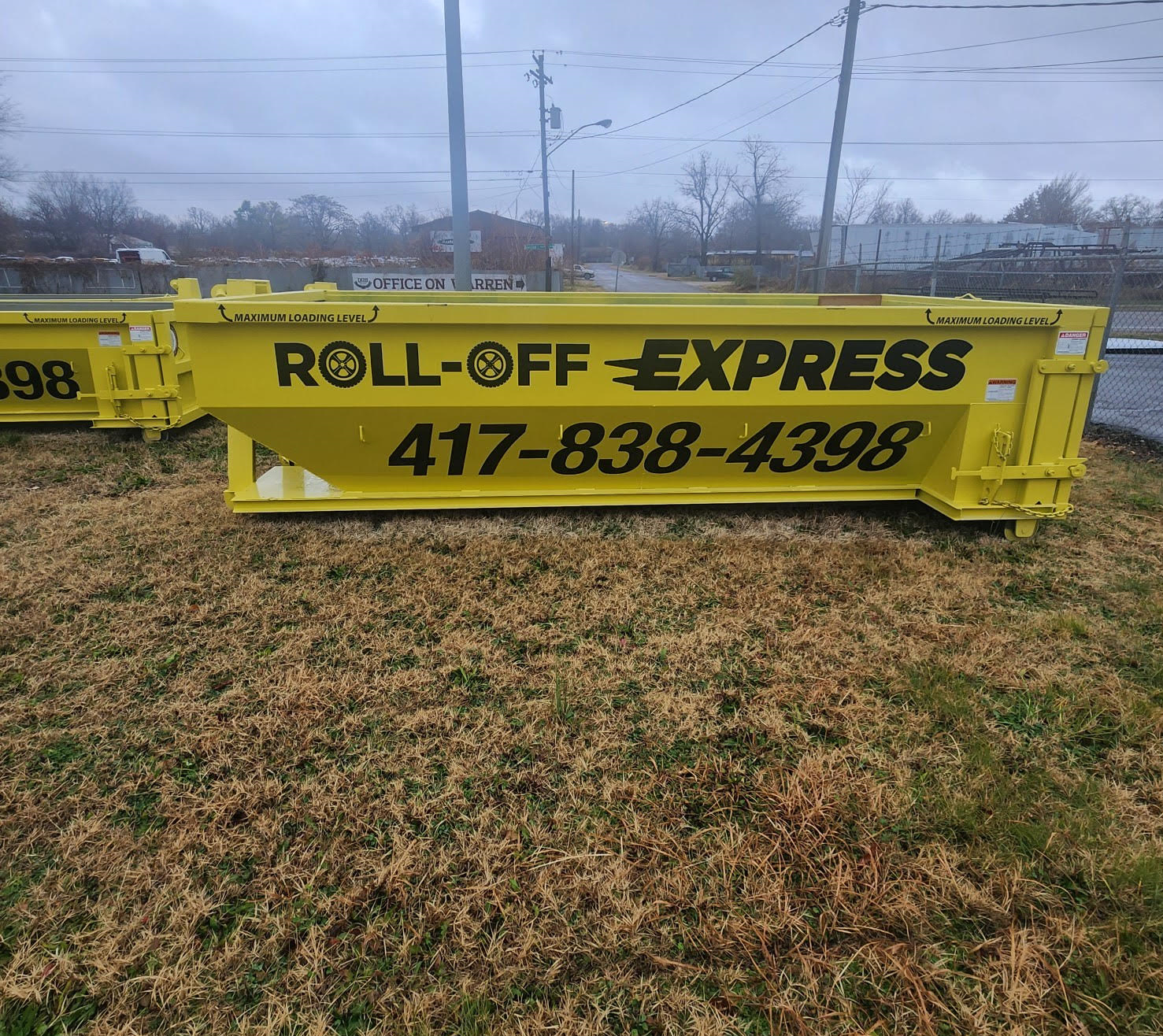Need to Dry Out Fast? Rent Dehumidification Equipment That Gets the Job Done

When unexpected water hits your home or job site, whether from a flood, burst pipe, or high humidity, time is critical. Excess moisture can lead to structural damage, mold growth, and unsafe conditions. That’s where professional dehumidification equipment rentals come in.
Instead of waiting days for basic fans to do the work, you can rent high-powered dehumidifiers designed to pull moisture fast and efficiently, helping you protect your space and prevent secondary damage.
Why Dehumidification Is Critical After Water Exposure
When water saturates building materials like drywall, wood, and flooring, the clock starts ticking. If the moisture isn’t removed quickly, you’re at risk of:
Mold and mildew growth within 24–48 hours
Warped floors or framing due to moisture absorption
Lingering odors and indoor air quality problems
Structural weakening if the water is trapped behind walls or under surfaces
Delays in construction or repair projects
Dehumidifiers pull water vapor out of the air and materials, allowing affected areas to dry much faster than using fans or natural airflow alone.
Benefits of Renting Professional Dehumidification Equipment
Rather than buying expensive equipment for a one-time emergency or short-term project, renting gives you access to industrial-grade machines without the investment or storage headache.
1. Immediate Access to High-Capacity Equipment
Rental units are built for performance. Whether you’re drying out a basement, crawl space, warehouse, or construction site, these machines are made to move large volumes of air and extract moisture quickly.
2. Faster Dry-Out Times
With proper placement and airflow, commercial dehumidifiers can reduce dry times from several days to just hours, minimizing disruption and property damage.
3. Save Money on Restoration
The faster you dry, the less chance you have of needing mold remediation, flooring replacement, or drywall repair. Renting can save thousands in potential damage.
4. Flexibility for Different Spaces
Dehumidifiers come in different sizes and capacities, depending on the square footage, humidity levels, and extent of water damage. Rentals allow you to select the right solution for the job.
5. Delivery and Setup Options
Many rental companies offer delivery, setup, and pickup, so you can focus on recovery, not logistics.
Ideal Situations for Dehumidifier Rentals
Not all moisture issues require the same approach. Here are some of the most common reasons homeowners and contractors rent drying equipment:
Post-Flood Recovery
After a basement flood, stormwater event, or appliance leak, drying equipment is critical to prevent mold and long-term damage.
Water Damage Restoration
For contractors and DIYers tackling water damage repair, commercial dehumidifiers pair with air movers to speed up recovery and meet insurance standards.
New Construction or Renovation
Drywall mud, paint, and new concrete release moisture into the air. Dehumidification helps finish projects on schedule and avoids material warping.
High-Humidity Indoor Spaces
Crawl spaces, basements, or storage areas prone to excess humidity can benefit from temporary drying solutions to prevent odor and mold.
Emergency Plumbing or Roof Leaks
Quick drying after leaks can protect ceilings, carpets, and wooden subfloors from saturation and rot.
What to Look for When Renting Dehumidification Equipment
Not all dehumidifiers are the same. Here’s what to consider when selecting the right unit:
1. Capacity
Measured in pints per day (PPD) or cubic feet per minute (CFM), this tells you how much moisture the machine can remove. Large spaces or extreme humidity require high-capacity units (70–130+ PPD).
2. Low-Grain Refrigerant (LGR) Technology
LGR dehumidifiers are more efficient in high-moisture environments, especially after floods or in tight crawl spaces.
3. Built-in Pumps or Drain Hoses
These features allow for continuous water removal without manually emptying the tank.
4. Compact and Stackable Designs
For tight spaces or job sites with limited access, compact units make it easier to move and position equipment.
5. Compatibility with Air Movers
Using dehumidifiers alongside industrial air movers (fans) improves evaporation and speeds up the dry-out process.
How to Set Up Drying Equipment Effectively
Once you rent the right dehumidifier, proper setup ensures maximum efficiency.
Close off the area to prevent outside moisture from entering
Place the dehumidifier in the center of the space for even drying
Use air movers to direct airflow across wet surfaces
Monitor moisture levels using a hygrometer or moisture meter
Empty or drain the tank regularly if your unit doesn’t have a built-in pump
Run the equipment continuously for 24–48 hours or until humidity drops below 50% and affected materials are dry to the touch.
Where to Rent Dehumidification Equipment
In Springfield, MO and surrounding areas, many equipment rental providers offer flexible short-term or long-term rental options. You can often bundle:
Dehumidifiers
Air movers
HEPA air scrubbers
Moisture meters and accessories
Choose a rental provider that offers delivery, 24/7 emergency access, and expert recommendations based on the severity of your water issue.


